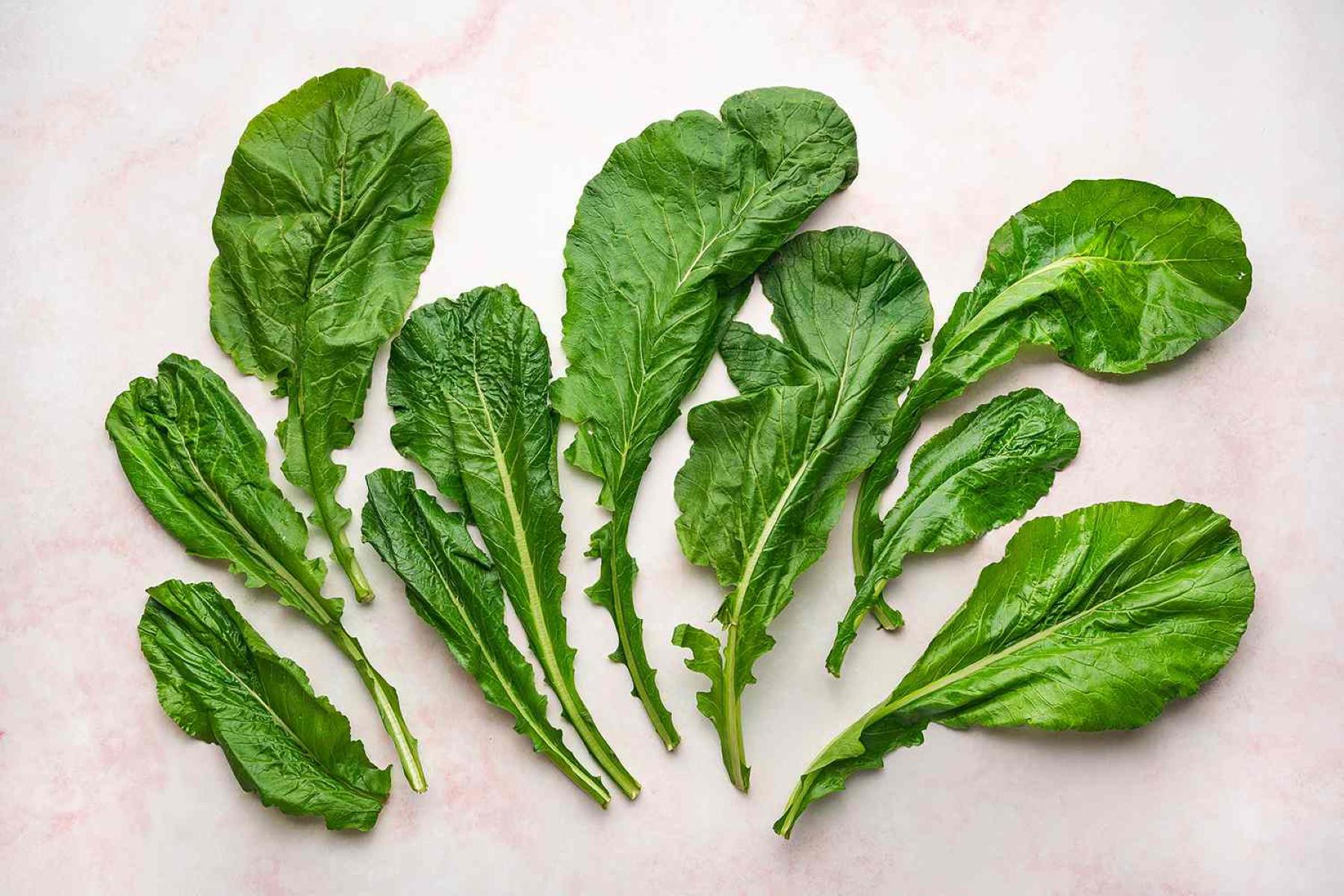

Articles
How To Store Turnip Greens
Modified: December 7, 2023
Looking for articles on how to store turnip greens? This comprehensive guide will provide you with all the tips and tricks you need to keep your turnip greens fresh and flavorful!
(Many of the links in this article redirect to a specific reviewed product. Your purchase of these products through affiliate links helps to generate commission for Storables.com, at no extra cost. Learn more)
Introduction
Turnip greens are nutrient-packed leafy greens that are packed with vitamins, minerals, and fiber. They are not only delicious but also offer a range of health benefits. If you have a surplus of turnip greens and want to store them for future use, this article will guide you through the different methods of storing turnip greens to maintain their freshness and flavor.
Whether you’ve grown turnip greens in your garden or bought them fresh from the supermarket, proper storage is essential to prolong their shelf life and preserve their nutritional value. By following the right techniques, you can ensure that your turnip greens stay fresh and vibrant, ready to be cooked or used in your favorite recipes whenever you desire.
In this article, we will explore various methods of storing turnip greens, including refrigeration, blanching and freezing, as well as other alternative storage techniques. We will also provide some best practices for storing turnip greens to help you make the most out of your fresh produce. So let’s dive in and learn how to store turnip greens to maintain their quality and goodness.
Key Takeaways:
- Store turnip greens in the refrigerator for short-term use, keeping them fresh for 5-7 days. Remember to check for spoilage and consume the greens as soon as possible for optimal flavor and quality.
- Consider blanching and freezing turnip greens for longer storage, up to 6 months. This method preserves color, texture, and flavor, allowing for convenient use in various dishes straight from the freezer.
Read more: How To Store Turnips
Understanding Turnip Greens
Before we discuss the best methods for storing turnip greens, it’s important to understand what they are and why they are worth preserving. Turnip greens are the leafy tops of turnips, which are a popular root vegetable in many cuisines around the world. These greens are not only highly nutritious but also packed with flavor.
Turnip greens are an excellent source of vitamins A, C, and K, as well as folate, calcium, and fiber. They also contain antioxidants that can help protect against chronic diseases and boost overall health. These greens have a slightly bitter taste that enhances the flavors of soups, stews, stir-fries, and salads.
When it comes to harvesting turnip greens, the leaves should be young and tender for the best texture and flavor. Look for greens that are bright green in color and have no signs of wilting or browning. If you are growing your own turnips, harvest the greens before they become too mature and tough.
Now that we understand the value of turnip greens, let’s move on to the different methods of storing them to ensure they stay fresh and maintain their nutritional value.
Preparing Turnip Greens for Storage
Before you store turnip greens, it’s crucial to properly prepare them to ensure optimal freshness and longevity. Here are the steps to follow:
- Start by rinsing the turnip greens thoroughly under cool running water to remove any dirt, debris, or pesticides. Gently swish the greens around in a bowl filled with water, and then drain.
- Next, trim off any damaged or wilted leaves and discard them. It’s important to remove any leaves that show signs of spoilage or decay as they can affect the quality of the remaining greens.
- If the greens have long stems attached, you can trim them down to a more manageable length. This step is optional, but it can make storing and handling the greens easier.
- Once the turnip greens are clean and trimmed, you have two main options for storage: refrigeration or freezing. The choice will depend on how quickly you plan to use them.
Now that your turnip greens are properly prepared, let’s delve into the different methods of storing them.
Storing Turnip Greens in the Refrigerator
Refrigeration is the most common and convenient method for storing turnip greens, especially if you plan to use them within a week. Here are the steps to store turnip greens in the refrigerator:
- Packaging: Wrap the cleaned and trimmed turnip greens in a damp paper towel or place them in a perforated plastic bag. The moisture from the paper towel or the perforations in the bag will help maintain the greens’ freshness.
- Storage Container: Place the packaged turnip greens in a clean and dry storage container. You can use a plastic container or a resealable bag.
- Temperature: Set your refrigerator temperature to around 35-40°F (1-4°C). Keeping the temperature slightly above freezing will help preserve the greens without causing them to freeze.
- Shelf Placement: Store the container of turnip greens in the crisper drawer or the coldest part of your refrigerator. Avoid keeping them near fruits or vegetables that release ethylene gas, as this can accelerate the ripening process and cause the greens to spoil faster.
- Usage: Consume the turnip greens within 5-7 days for the best quality. As time passes, the greens will start to lose their crispness and flavor, so it is best to use them as soon as possible.
Remember to check on your stored turnip greens periodically and remove any leaves that show signs of spoilage to prevent them from affecting the rest of the greens.
Now that you know how to store turnip greens in the refrigerator let’s explore another method of storing turnip greens: blanching and freezing.
Blanching and Freezing Turnip Greens
Blanching and freezing turnip greens is an excellent option if you want to store them for a longer period, typically up to several months. The blanching process helps to preserve the color, texture, and flavor of the greens. Here’s how you can blanch and freeze turnip greens:
- Preparation: Clean and trim the turnip greens following the steps mentioned earlier. Remove any damaged or wilted leaves, and cut the greens into desired sizes.
- Blanching: Bring a large pot of water to a boil and prepare an ice bath by filling a large bowl with ice and cold water. Submerge the turnip greens in boiling water for 2-3 minutes or until they become bright green. This blanching process helps to halt enzyme activity and retain the greens’ freshness.
- Cooling: Immediately transfer the blanched turnip greens to the ice bath to cool them rapidly and stop the cooking process. Leave them in the ice bath for the same amount of time that you blanched them.
- Drain and Dry: Drain the turnip greens well and gently pat them dry with a clean kitchen towel or paper towels. Excess moisture can lead to freezer burn and affect the quality of the greens.
- Freezing: Place the dried turnip greens into freezer-safe bags or containers. Remove as much air as possible from the packaging before sealing. Label the containers with the date and contents. Lay the bags flat in the freezer to allow for easier storage and to prevent them from sticking together.
- Storage Duration: Properly blanched and frozen turnip greens can typically be stored for 8-12 months in the freezer. However, for the best quality and flavor, it’s recommended to use them within 6 months.
Blanched and frozen turnip greens can be conveniently added to soups, stews, casseroles, or sautés directly from the freezer, making them a versatile addition to your meals.
Now that you have learned how to blanch and freeze turnip greens let’s explore some additional methods of storing them.
Store turnip greens in a plastic bag in the refrigerator. Make sure to remove any excess moisture before storing to prevent wilting. They should stay fresh for up to a week.
Read more: How To Store Turnips In The Fridge
Storing Turnip Greens in the Freezer
If you prefer a simpler method for long-term storage, you can freeze turnip greens without blanching. While blanching helps maintain the color and texture of the greens, freezing them without blanching is still a viable option. Here’s how you can store turnip greens in the freezer:
- Preparation: Clean and trim the turnip greens, removing any damaged or wilted leaves. Cut the greens into desired sizes.
- Packaging: Place the cleaned and fully-dried turnip greens into freezer-safe bags or containers. Remove as much air as possible from the packaging to prevent freezer burn. Label the containers with the date and contents.
- Storage: Place the packaged turnip greens in the freezer, ideally on a flat surface to allow for easier storage and to prevent them from sticking together.
- Storage Duration: When stored properly, turnip greens can remain in the freezer for 8-12 months. However, for optimal flavor and quality, it is recommended to use them within 6 months.
While freezing turnip greens without blanching may result in a slight change in texture, they can still be used in various cooked dishes, such as soups, stir-fries, or sautés.
Remember to thaw the frozen turnip greens in the refrigerator or using the defrost function of your microwave before using them in your recipes. Do not refreeze the greens once they have been thawed.
Now that you know how to store turnip greens in the freezer let’s explore some additional methods of storing turnip greens.
Other Methods of Storing Turnip Greens
In addition to refrigeration and freezing, there are a few alternative methods you can try to store turnip greens. While these methods may not offer as long of a storage life as refrigeration or freezing, they can still help extend the freshness of your greens:
- Vacuum Sealing: Using a vacuum sealer, you can remove excess air from the packaging, helping to prevent spoilage and maintain the green’s freshness. Vacuum-sealed turnip greens can be stored in the refrigerator for up to 2 weeks, preserving their flavors and nutrients.
- Canning: Canning turnip greens involves preserving them in jars through a heat process. While this method maintains the texture and flavor of the greens, it requires specific equipment and knowledge to ensure proper canning procedures. Follow reliable canning recipes and guidelines for safe and effective preservation.
- Dehydrating: You can also dehydrate turnip greens to store them for an extended period. Remove the moisture from the greens by using a food dehydrator or by air-drying them. Once the greens are completely dry, store them in airtight containers in a cool, dark place. Dehydrated turnip greens can be rehydrated and used in various recipes.
- Pickling: Pickling turnip greens is another way to extend their shelf life. The acid in the pickling solution helps preserve the greens while adding a tangy flavor. Follow a trusted pickling recipe and guidelines to ensure proper preservation and safety.
These alternative methods can offer unique flavors and preserved greens that can be enjoyed in different culinary preparations. However, it’s important to note that these methods may alter the texture and taste of turnip greens to varying degrees.
Regardless of the method you choose, always remember to label, date, and rotate your stored turnip greens to ensure you consume the oldest ones first. This will help you make the most of your stored produce.
Now that we have explored different methods of storing turnip greens, let’s discuss some best practices to keep in mind.
Best Practices for Storing Turnip Greens
To ensure the best quality and longest shelf life for your stored turnip greens, here are some helpful tips and best practices to follow:
- Choose Fresh Greens: Select turnip greens that are fresh and in prime condition for storage. Look for vibrant green leaves without any signs of wilting, yellowing, or browning.
- Prep Immediately: Clean, trim, and prepare the turnip greens for storage as soon as possible after harvesting or purchasing them. This helps maintain their freshness and prevents deterioration.
- Optimal Storage Conditions: Store turnip greens in a cool, dry, and well-ventilated space. If refrigerating, the recommended temperature is between 35-40°F (1-4°C).
- Proper Packaging: Whether using the refrigerator or freezer, ensure that the turnip greens are packaged correctly. Use airtight containers or freezer-safe bags, and remove as much air as possible to prevent spoilage and freezer burn.
- Label and Date: Always label the packages with the date of storage to keep track of their freshness. It’s easy to forget how long something has been stored, so labeling helps with rotation and using the oldest greens first.
- Check for Spoilage: Regularly inspect your stored turnip greens for any signs of spoilage, such as mold, sliminess, or off-putting odors. Remove any affected leaves immediately to prevent further contamination.
- Use Within the Recommended Timeframe: While turnip greens can be stored for various durations depending on the method, it is best to use them within the recommended timeframe. This ensures optimal taste and nutritional value.
- Consider Freezing Portions: If you plan to use turnip greens in specific quantities, consider portioning them in freezer bags before freezing. This allows for convenient usage without thawing the entire batch.
- Experiment with Different Preservation Methods: Don’t be afraid to try different methods of storing turnip greens to find the one that suits your needs and preferences. Whether refrigerating, freezing, canning, or dehydrating, each method offers unique qualities and flavors.
By following these best practices, you can maximize the storage life and maintain the quality of your turnip greens, ensuring that they can be enjoyed in delicious dishes long after harvesting or purchasing.
Now that you are equipped with the knowledge of storing turnip greens, you can confidently take advantage of their freshness and nutritional benefits whenever you need them!
Conclusion
Storing turnip greens properly is essential to maintain their freshness, flavor, and nutritional value. Whether you have an abundance of fresh turnip greens from your garden or a surplus from the supermarket, understanding the different storage methods can help you make the most out of this nutrient-packed leafy green.
In this article, we explored several methods of storing turnip greens, including refrigeration, blanching and freezing, as well as alternative methods like vacuum sealing, canning, dehydrating, and pickling. Each method offers its own unique benefits and allows you to enjoy turnip greens year-round in various culinary preparations.
Remember to always prepare your turnip greens properly before storage, including cleaning, trimming, and removing any damaged leaves. This ensures that you are storing the freshest and highest-quality greens.
Whether you choose to refrigerate turnip greens for short-term storage or employ the blanching and freezing method for longer storage durations, be sure to label and date your packages. This will help you keep track of the freshness and allow you to use the oldest greens first.
Lastly, we discussed the best practices for storing turnip greens, such as choosing fresh greens, proper packaging, optimal storage conditions, and regular inspections for spoilage. Following these practices will ensure that your turnip greens stay in the best possible condition for as long as possible.
Now that you possess a comprehensive understanding of how to store turnip greens, you can confidently enjoy their nutritional benefits and delicious flavors in various dishes, even long after their harvest or purchase. So go ahead, stock up on turnip greens, and store them using the methods that best align with your needs and preferences. Happy cooking!
Now that you've mastered storing turnip greens, consider expanding your preservation know-how with our latest article on the best solutions for keeping all types of food fresh and safe. Whether you're looking to optimize kitchen space or prepare for the upcoming year, our guide to effective food storage will surely help you maintain the quality and longevity of your groceries. Don't miss out on these essential tips to revolutionize your culinary storage approach!
Frequently Asked Questions about How To Store Turnip Greens
Was this page helpful?
At Storables.com, we guarantee accurate and reliable information. Our content, validated by Expert Board Contributors, is crafted following stringent Editorial Policies. We're committed to providing you with well-researched, expert-backed insights for all your informational needs.

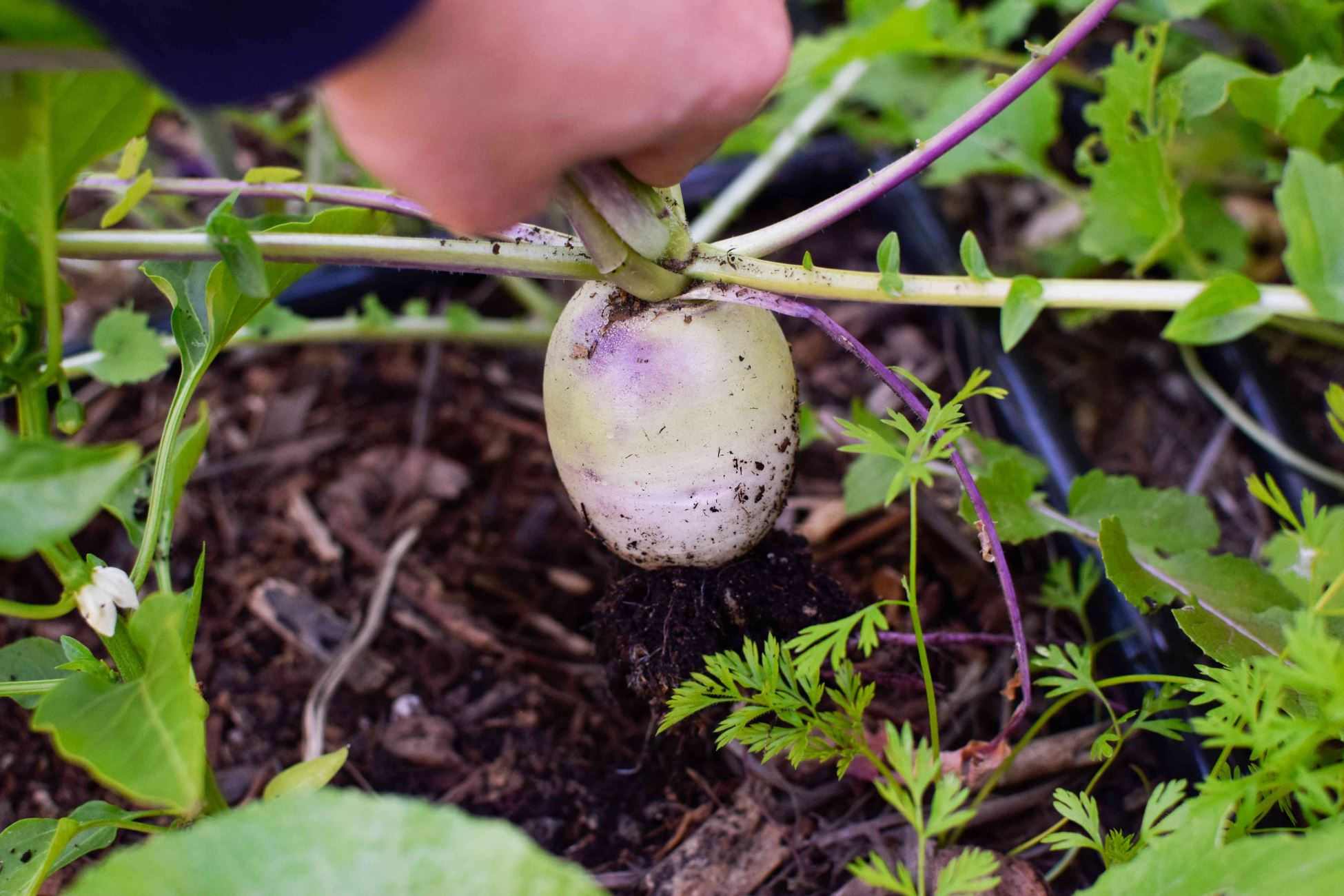
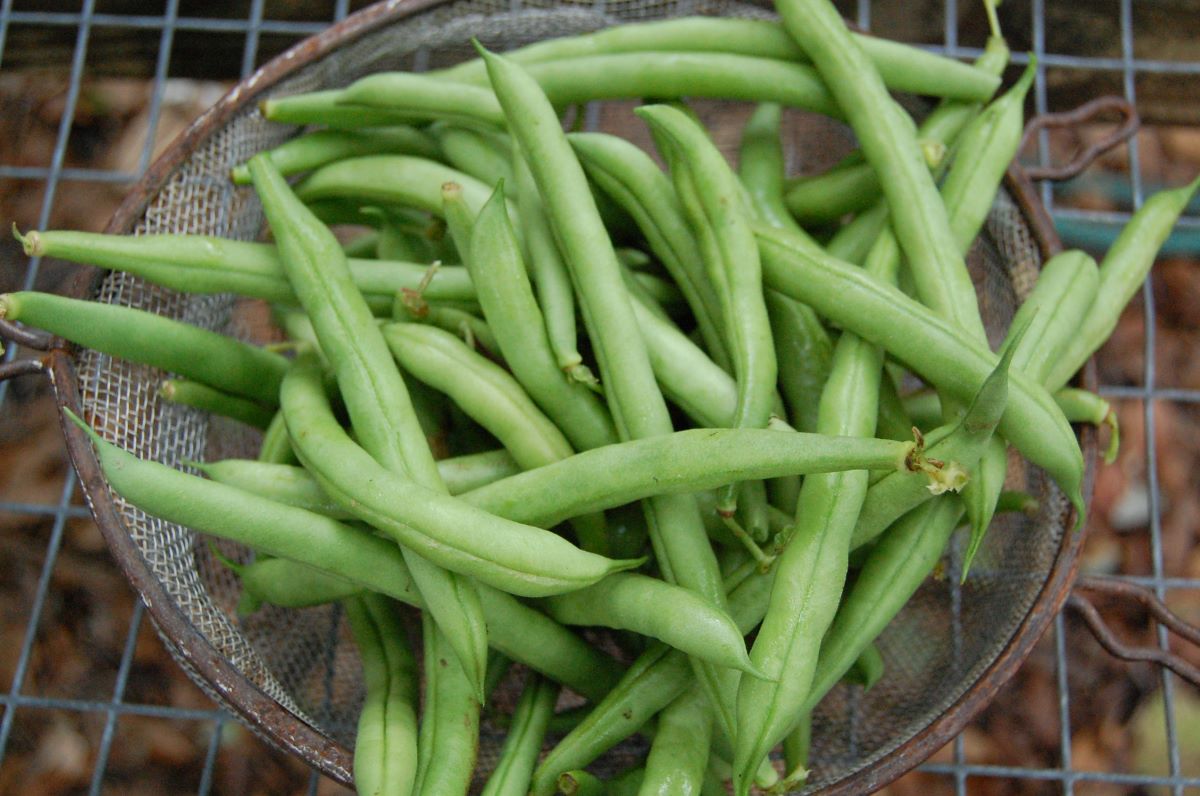
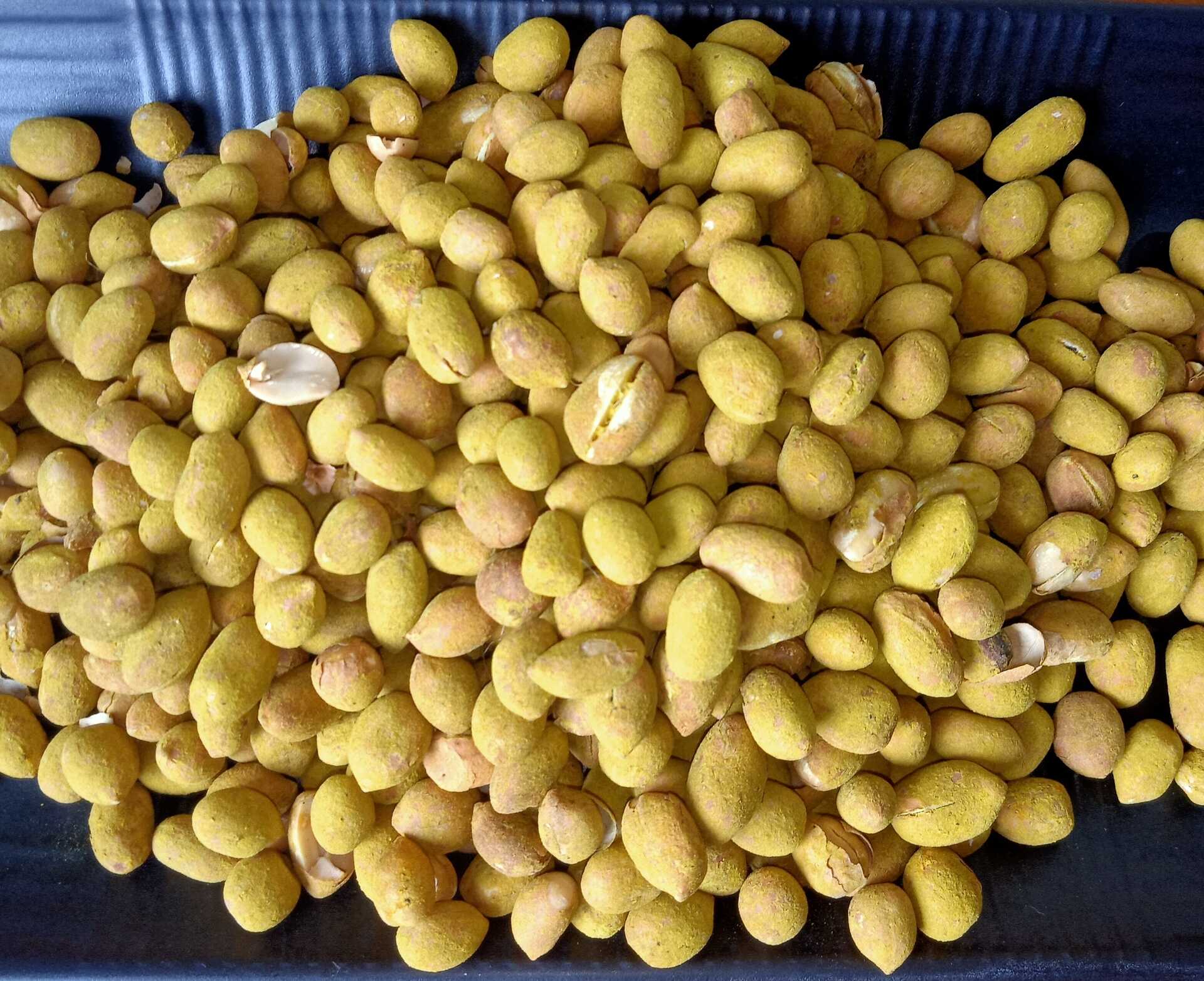
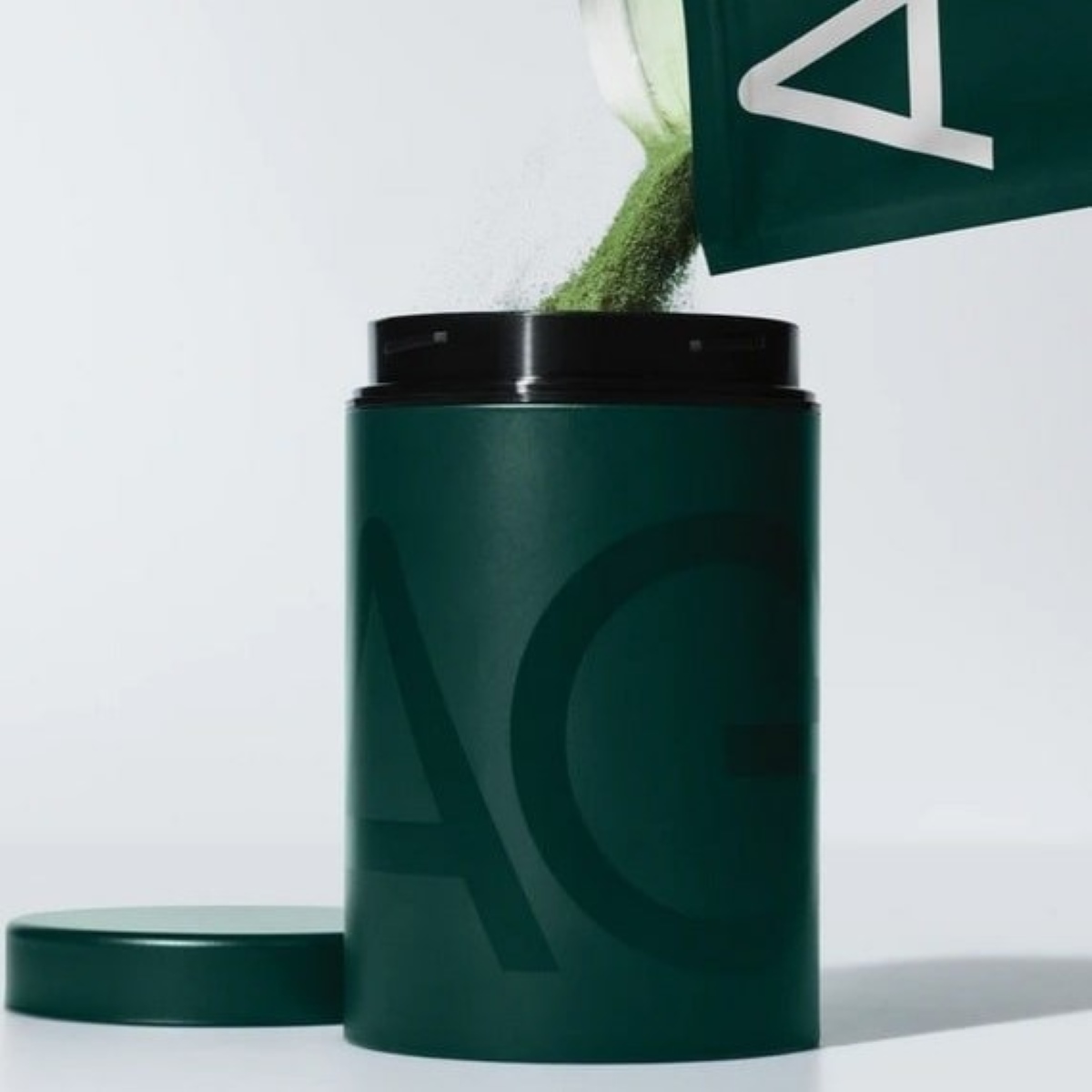
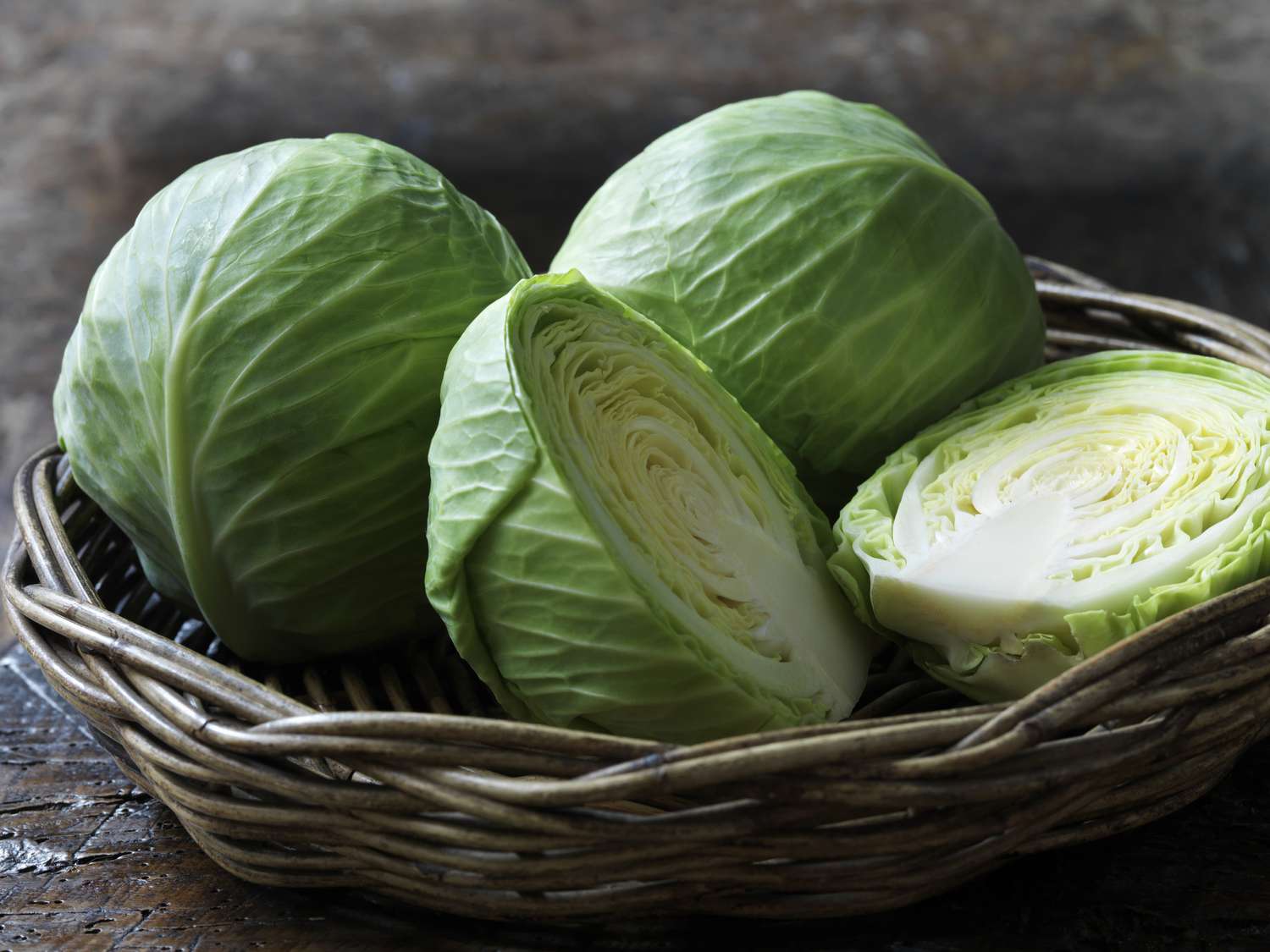
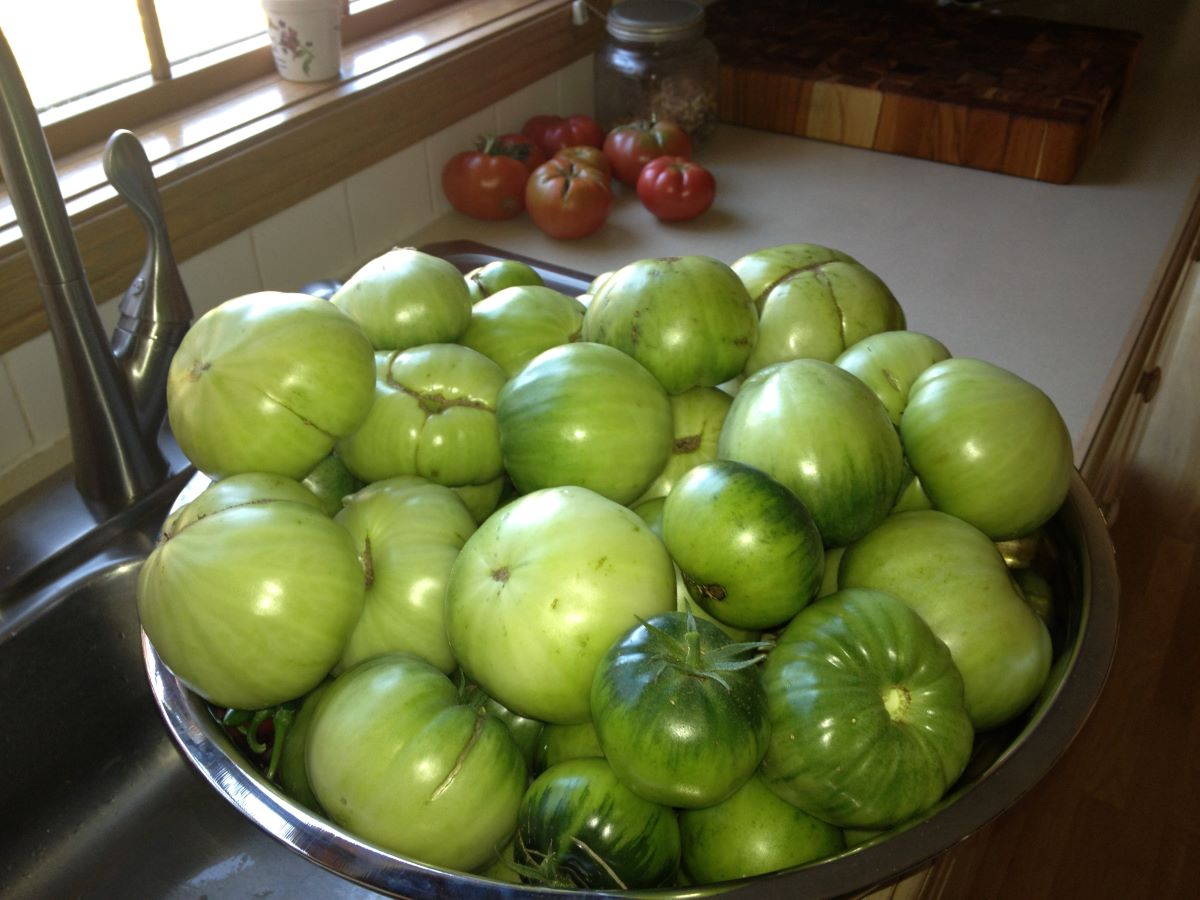
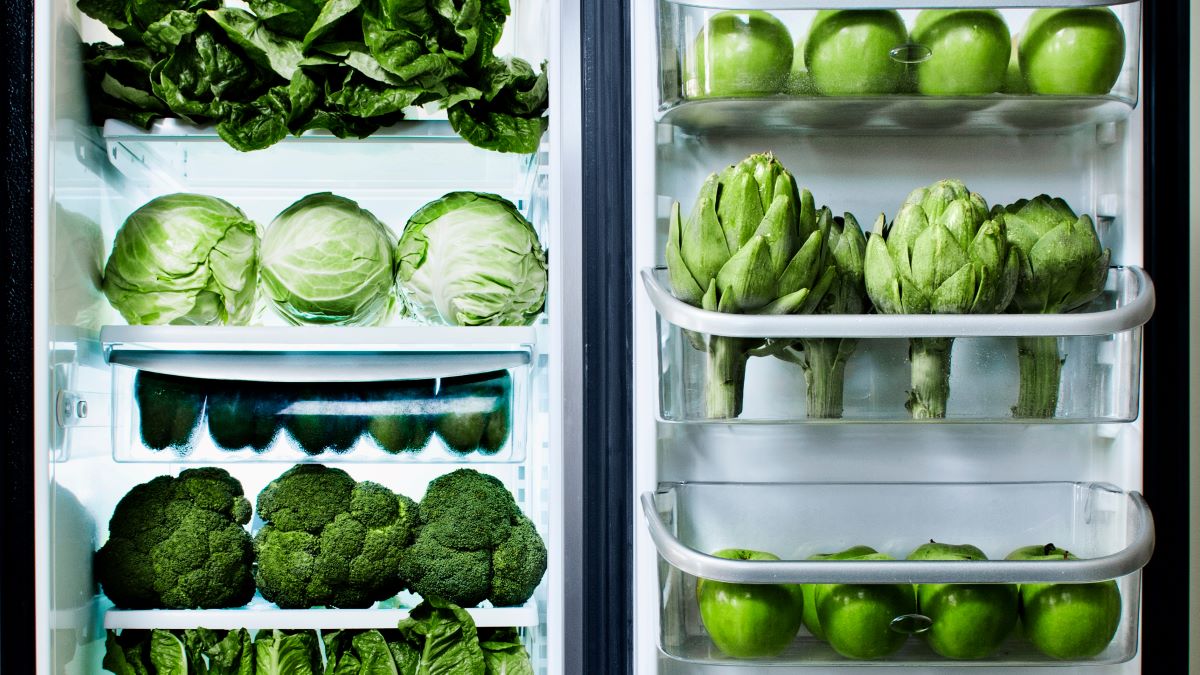
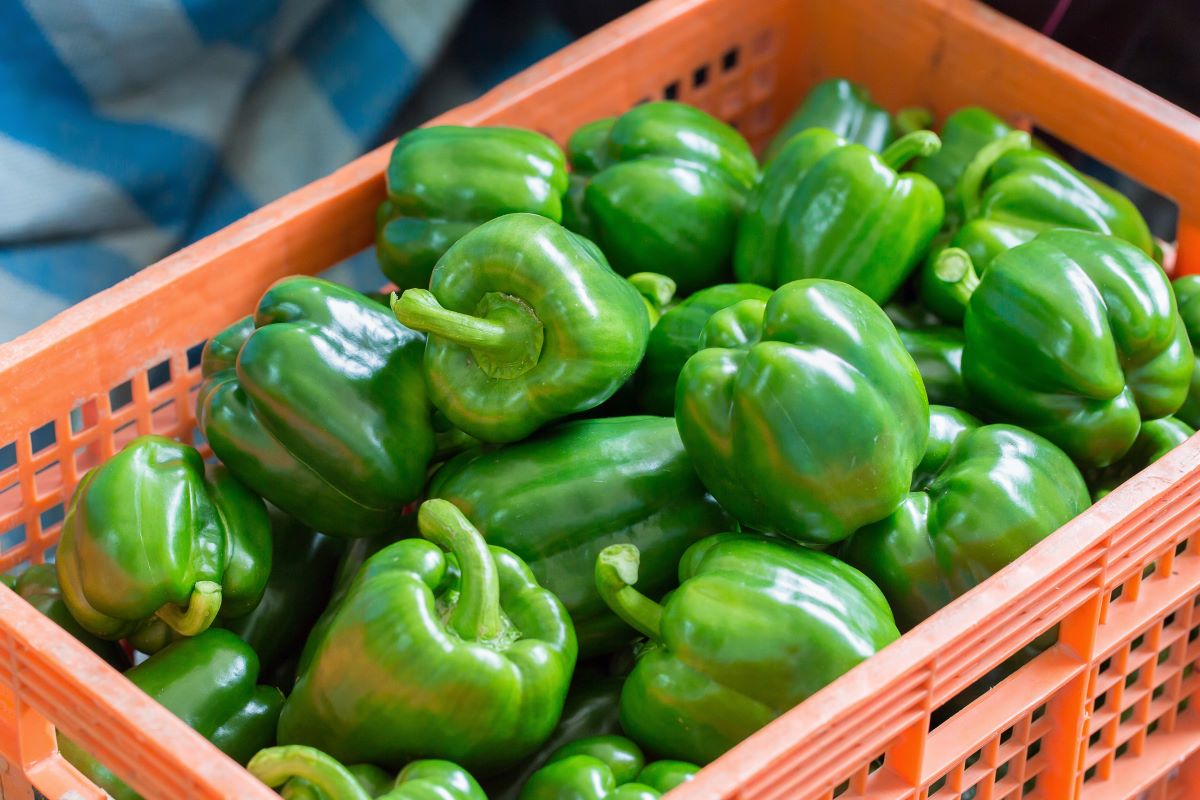
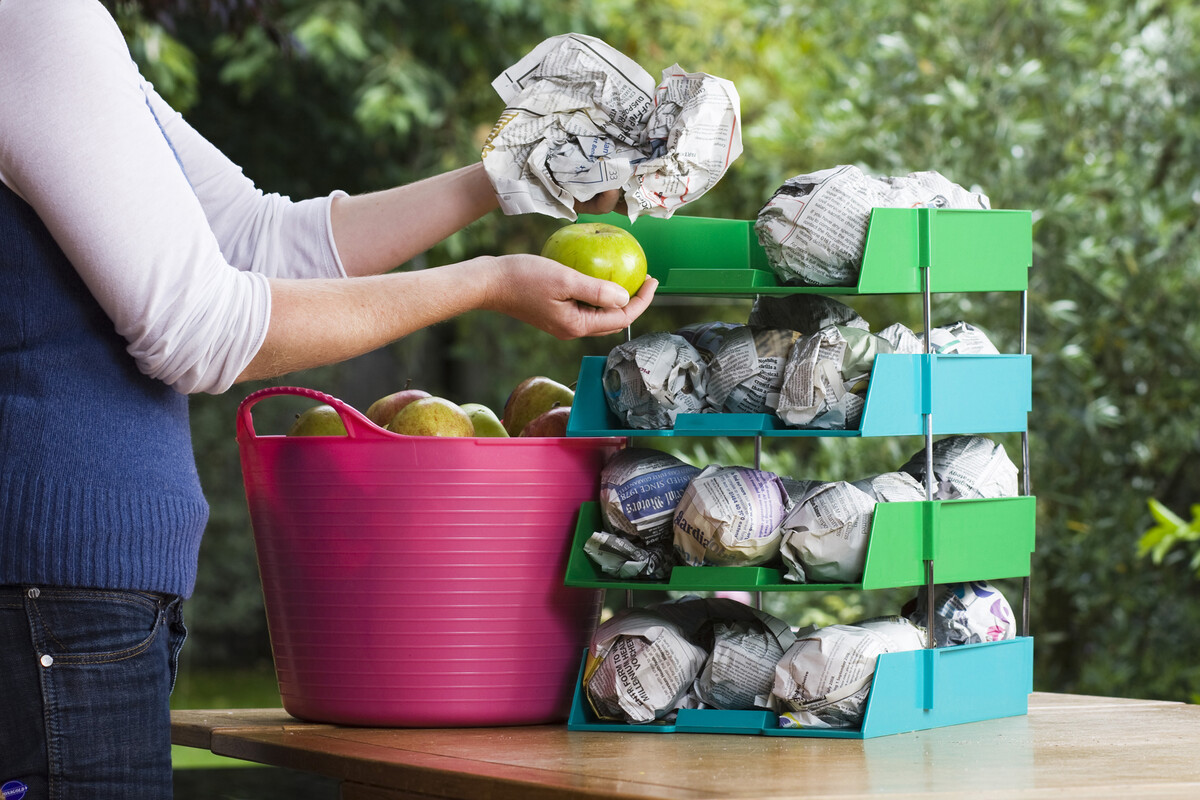
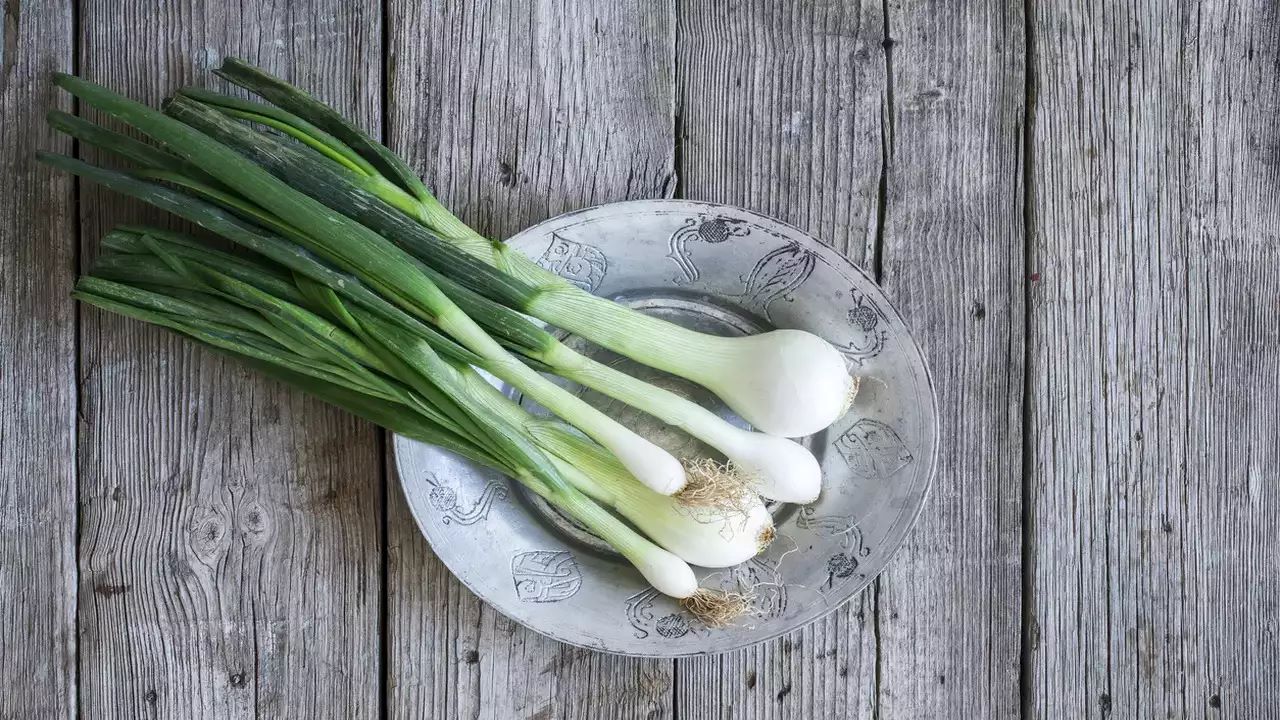
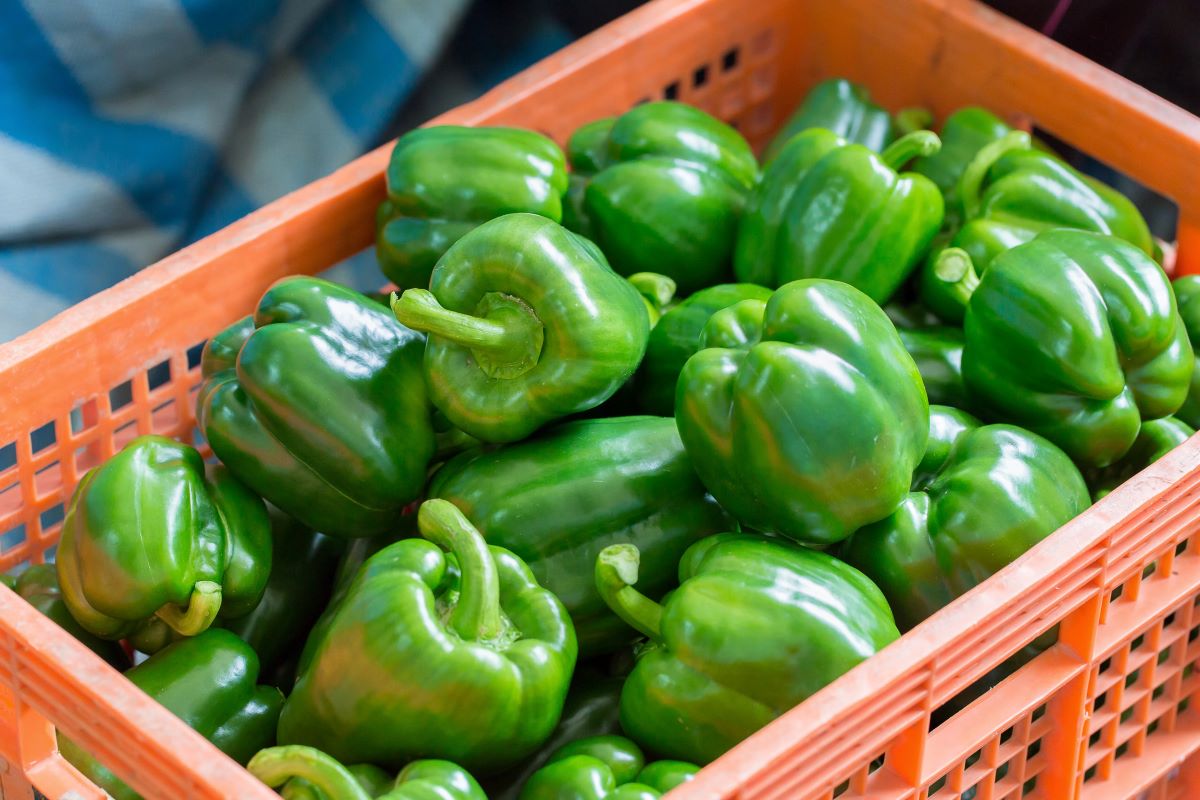
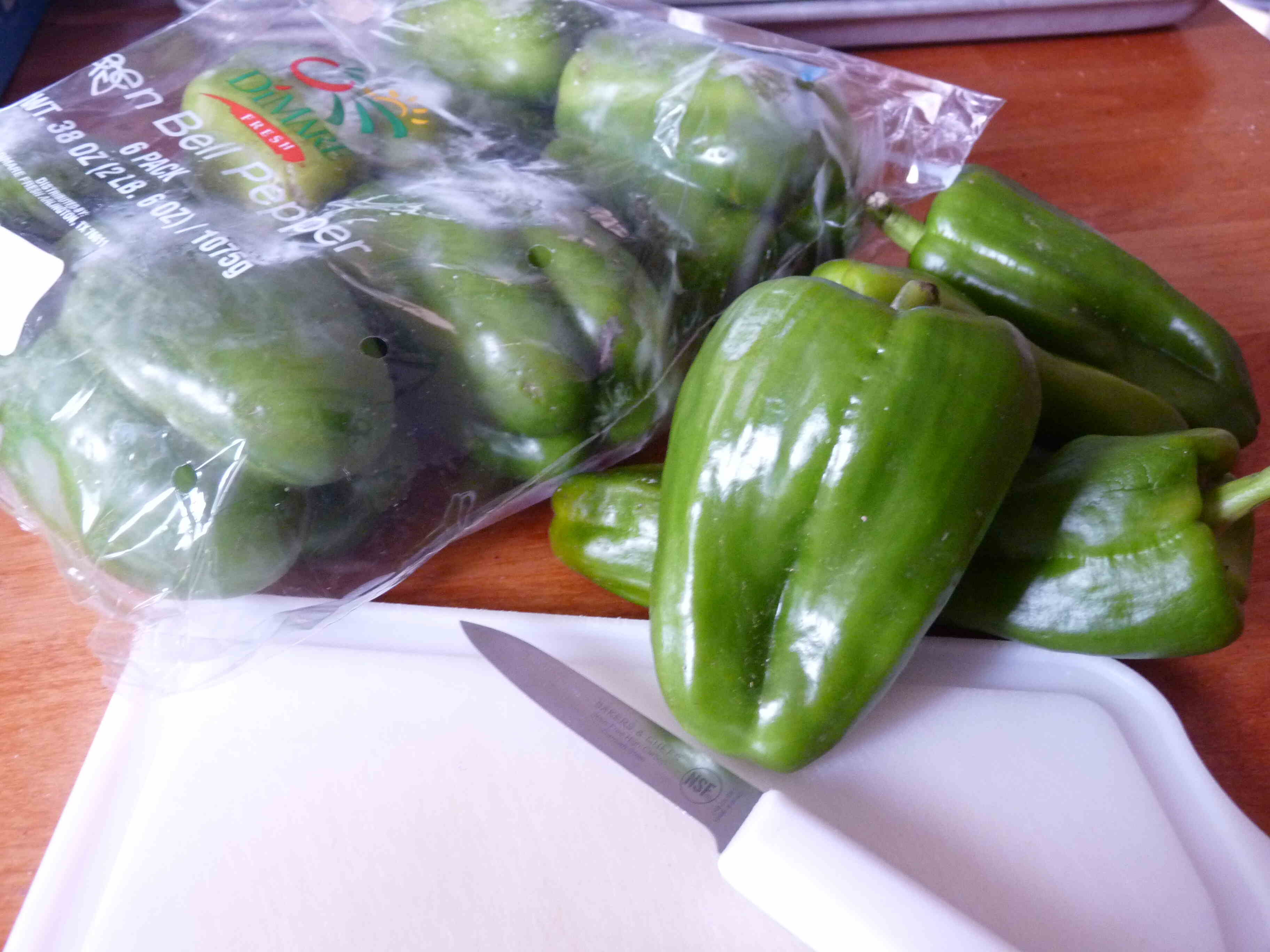
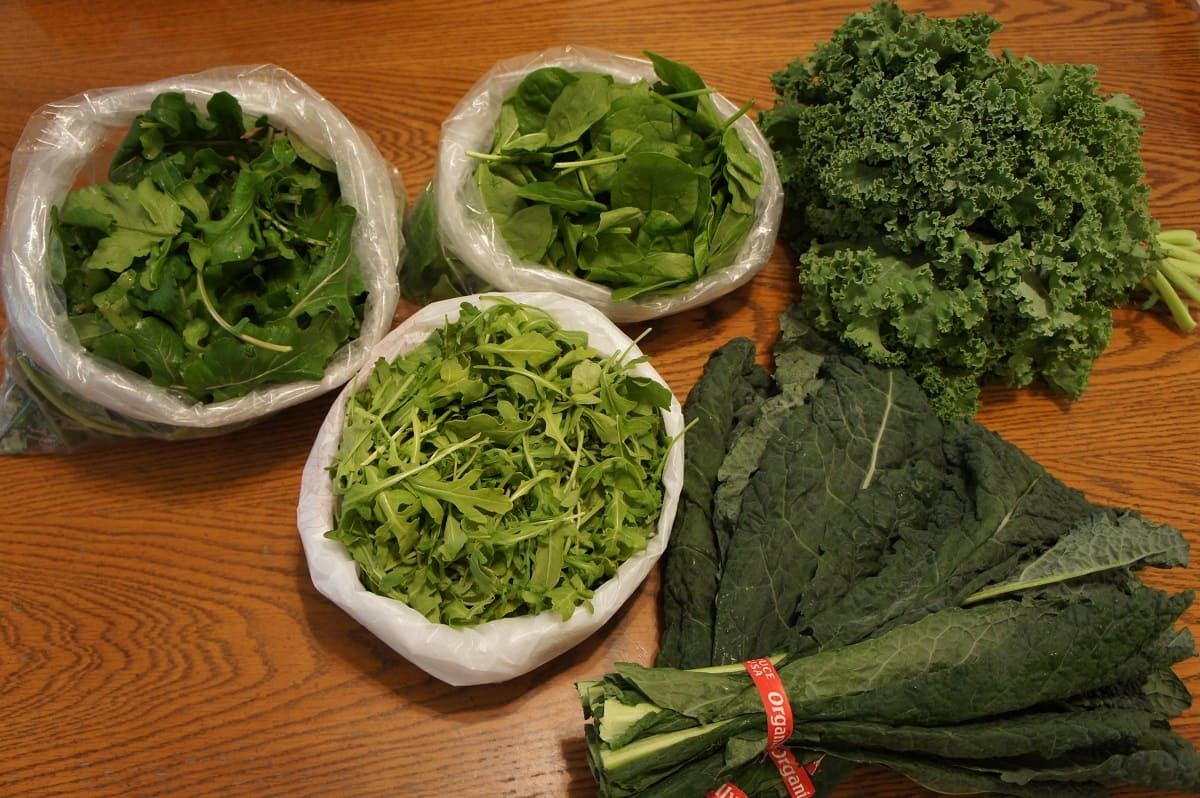

0 thoughts on “How To Store Turnip Greens”